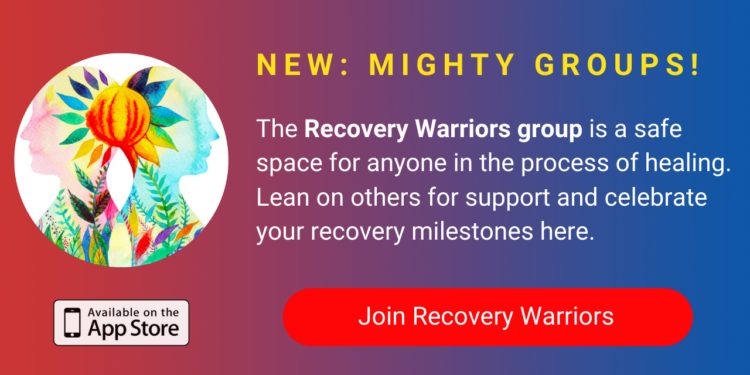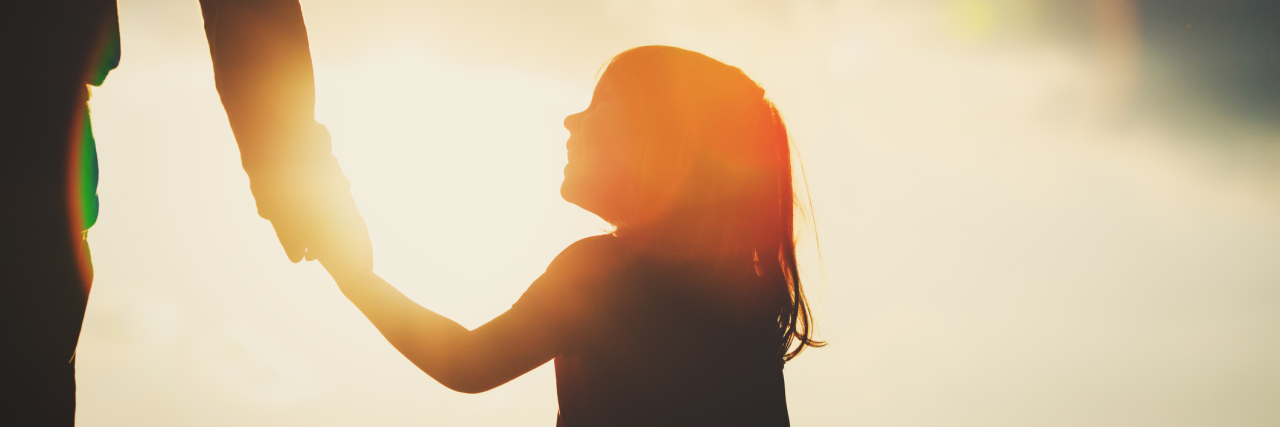I had a conversation with my husband and some friends that sparked some questions in my mind and inspired me to write this article. Am I fully aware of the struggles the child me endured? Am I conscious about the fact the child within me is broken, traumatized and hurt? Do I let her wounds come to the surface or do I bury them down in my unconscious? Do I love her? Do I soothe her? Do I give her the same love and compassion I give to other people? Do I listen to her as attentively?
The answer is no.
The truth is, I try as hard as I can to run away from the child within me. I do not face her, I do not listen to her, I do not give her the attention she needs and deserves. I abandoned her, I left her alone in a state of fear, loneliness and terror. She screams for help, I walk the other direction. She demands love and compassion, I give it to someone else. When she needs empathy, I harshly judge her. I have treated her this way for most of my adult life and where has this gotten me? A 100 feet below rock bottom, drowning in a pit of depression, anxiety and consistent depersonalization.
My parents are the kind who have tried everything to care for me, protect me and love me. Yet, they too had wounded children within them to whom they haven’t given attention. So, healing the child within them is not something they knew to teach it to me. We do not often think about generational traumas and transferred wounds from ancestors. Reality is, you cannot teach something to your children if you haven’t learned it yourself.
We often distract ourselves with different coping mechanisms, some of them are healthy and others aren’t. We refuse to face the child within so we do not feel the pain, the struggle and the agony.
I am not an expert nor am I a mental health professional, but I know escaping pain does not make it go away, it only prolongs the struggle. I also do not have the perfect strategy to heal the child within, I am not even close. However, the first step I took was admitting I have abandoned her. I apologized to her, I pat her on the shoulder, I promised her I will never leave her alone again and I will find a way to make her feel better.
Again, I am not a professional, so I do not have the answer on how to heal your inner child. However, I can tell you the things I learned from my experience and my research.
1. Acknowledgement.
As I have mentioned before, you cannot heal your inner child without first acknowledging their presence and very existence. While the idea of acknowledging the child within may seem odd or weird, it is absolutely essential for the healing process. Without it, the process will be difficult.
Usually when we think about childhood, we often perceive it as a happy time. It is true it will often hold good memories where we were more worry-free; however, it still can hold bad memories where people have hurt us. Being hurt as a child can be a bit tricky because more often than not, a child cannot really fathom the effect a negative event can have on them. We just move on and sometimes we only get to understand the impact this event had on us later on in our adulthood. Having said that, we can see how hard it is to heal from such painful memories if we do not get in touch with the child within and understand how they felt back then.
2. Identifying emotions.
Sometimes as adults, we tend to react to small things disproportionately. Some people, for instance, get very angry when someone cancels plans with them, even if it was for a valid reason. They are then often left angry at themselves too because they do not understand why this bothers them so much. This, for example, can go back to the child within feeling abandoned and not loved by a parent or caregiver. Therefore, it is important to identify those emotions and trace it back to its root in the childhood.
3. Mindfulness and meditation.
When my therapist recommended mindfulness exercises and meditation, I did not understand its benefits in the beginning. However, with time and a lot of practice, I started to feel like I needed it. I realized it made me more self-aware and helped me find the answers for a lot of questions I had. It helped me stay in the here and now instead of being caught up and dwelling on the past. When anxiety hits, I meditate, and instead of panicking, I observe my feelings and let them pass. I do not cling to negative emotions as much as I used to before. By sitting through your emotions, you are communicating to your inner child it is OK to have those kind of feelings and it will pass.
4. Journaling.
I was never the type of person who consistently journaled, however, I was advised by my therapist to keep a journal or a thought log. Every time I managed to write an entry in my journal, I felt more self-aware and in touch with my emotions. I even wrote a dialogue between me and the child within, and it was a good experience. Journaling can help discover unhealthy patterns that developed in early age. It could also help the person trace back certain emotions to incidents that occurred in childhood. I believe it is a great way to uncover the roots of negative emotions that are surfacing in adulthood. 
This article is by no means a professional manual on how to heal your inner child, but it is my own experience throughout my healing journey. These are steps I have taken to help me engage more in therapy and healing from childhood wounds that have opened up in my adulthood. I believe we cannot recover as adults if we do not give the needed attention and support to the broken child within us. May you heal the child within you.
Getty image by Nadezhda1906

